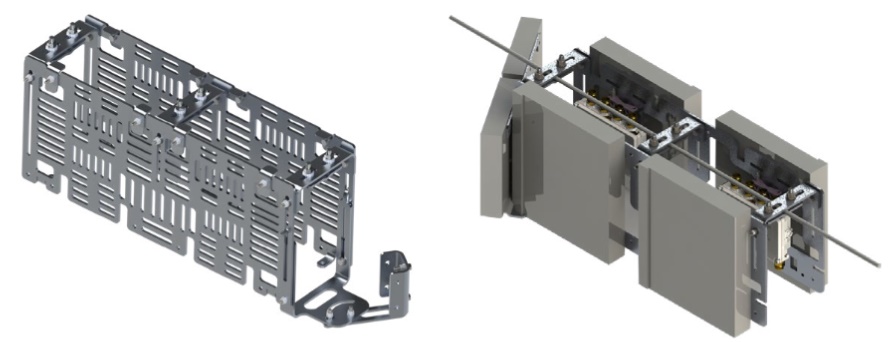With the rising demand for 5G service and devices, networks must expand to meet the demand for better and faster coverage. Outdoor small cells comprise an integral part of these service increasing deployments, but the issue still remains, how do we efficiently position this newly required infrastructure?
Currently, existing small cells are installed primarily on new or existing light, traffic, and utility poles. This allows city planners to ensure that new small cell infrastructure blends more easily into its urban environment. While these traditional platforms have a proven track record, the density required for reliable 5G coverage presents multiple challenges – which are only becoming more difficult to successfully navigate – for the selection of site candidates and infrastructure designs. These include securing sufficient space, maintaining the aesthetics of an area, following zoning guidelines, and fulfilling the utility requirements of small cells.
CLICK TO TWEET: Strand mounted small cells have one of the fastest deployable times of any small cell platforms currently available. CommScope’s Matthew Severin explains in this blog.
Fortunately, there is an underutilized deployment avenue that allows city planners and operators to skip the rigors of installation of new poles and modification of existing poles. Indeed, a small cell mount enables operators to make use of existing utility space – with reduced zoning restrictions and decreased aesthetic challenges.
CommScope’s new small cell strand mount allows operators to reuse existing infrastructure and add density without disruption. More specifically, the strand mount provides much needed network concentration while being minimally invasive to the visual environment. Similar to technicians hanging fiber with splice cases or utility companies servicing transformers, strand mounted small cells operate by hanging in the active communications spaces of aerial utility lines. Much like the previously mentioned equipment, strand mounting allows the small cell to mimic these existing devices, fading out of the forefront of people’s perception and becoming another part of the background of everyday life. This is made possible by concealing equipment within a small strand mount rack.
Capable of housing multiple radios from different manufacturers in addition to typically required small cell accessories, CommScope’s strand mount remains similar in size to current fiber splice cases, while offering high capability. Modular mounting plates provide a multitude of equipment configurations to meet the needs of any network operator. When combined with a small and serviceable package, strand mounted small cells have one of the fastest deployable times of any small cell platforms currently available. Put simply, strand mounting provides a surfeit of equipment and locational advantages, while simultaneously enabling the use of existing capital investments to reduce deployment costs and accelerate time to market.








